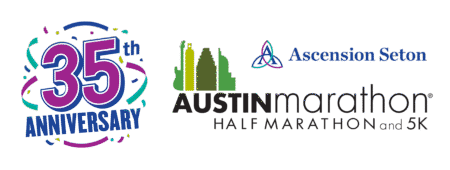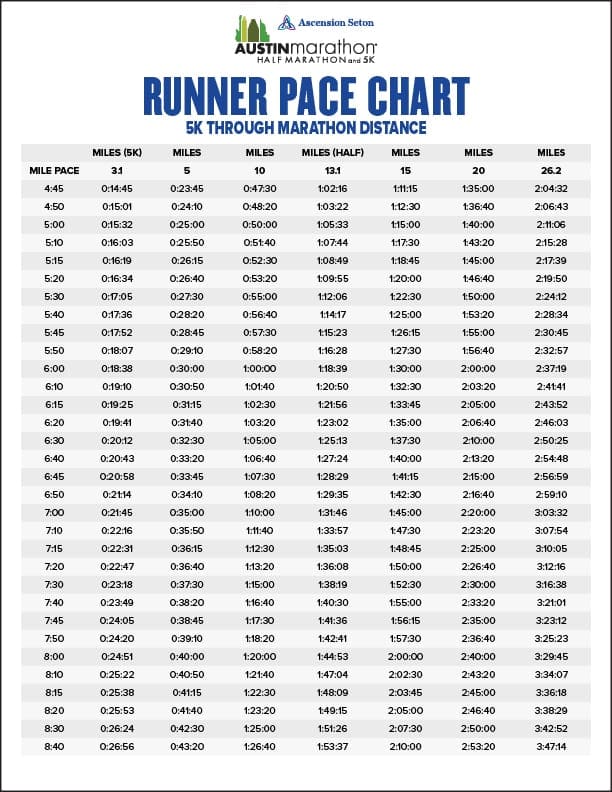4 Reasons Why You Should Try a Virtual Race
Learn about all the benefits before you sign up for a virtual race
Are you looking for a way to find adventure and excitement this fall? A virtual race is the answer you’ve been searching for. While there are many things in life we have no control over, physical fitness is one thing that we still have a grasp on. And with the Run Austin Virtual Series from Austin Marathon and 3M Half Marathon, you’ll have monthly milestones and get fit in no time!
Virtual events explained
 Virtual races are an innovative addition to the racing community, giving participants an opportunity to stay fit and motivated while we work towards returning to in-person events. They can be completed in the comfort of your own home and at a time of your choice. Competitors can pick their starting points and routes, be it the walkway outside their house, in a different state, or even a completely different country. The Run Austin Virtual Series will only dictate the distance you run and there are various races to choose from. It’s a great opportunity to return to racing and enjoy the keen satisfaction that comes with completing a task. Take your virtual races off the roads and to the trails. If you are in Austin you can complete your next virtual run on Austin’s top running trails.
Virtual races are an innovative addition to the racing community, giving participants an opportunity to stay fit and motivated while we work towards returning to in-person events. They can be completed in the comfort of your own home and at a time of your choice. Competitors can pick their starting points and routes, be it the walkway outside their house, in a different state, or even a completely different country. The Run Austin Virtual Series will only dictate the distance you run and there are various races to choose from. It’s a great opportunity to return to racing and enjoy the keen satisfaction that comes with completing a task. Take your virtual races off the roads and to the trails. If you are in Austin you can complete your next virtual run on Austin’s top running trails.
Why you should try virtual racing
1. Set new goals and achieve them
Competitors are given the opportunity to set personal goals and achieve them. Although you won’t run alongside others, you can still achieve your running goals, increase your mileage, and possibly set personal records along the way. Additionally, you can work your way from smaller, more achievable goals to larger ones. Since virtual events have fewer time restrictions than in-person events, you can work towards completing a longer distance than you would normally run, significantly increasing your endurance levels.
2. Explore the social aspect of racing
It’s a shared, fun experience that’s enjoyable for everyone involved. Although virtual, you’ll still be able to interact with fellow runners and connect over the races you’ve completed and the records you’ve set. This also allows you to get your family and friends from different parts of the world in on all the fun. Additionally, participation in virtual races also prepares you for traditional races once you feel the time is right.
3. Take your fitness to the next level
See this as a wake-up call to start achieving your fitness goals today. Virtual races can advance your fitness level, motivating you to change any unhealthy habits, and live your best life. This is a great way for beginners to implement our useful advice for first-timer runners.
4. Virtual racing swag
With each virtual race comes unique swag! You can also purchase official merchandise just like you would for an in-person event. These fun momentos are great ways to remind you of your accomplishments and push you towards your new goal. Share this with your fellow competitors and friends by flaunting your digital swag courtesy of Austin Marathon on our photo booth.
Virtual runs are for people who chase adventure and the sense of accomplishment that follows. It’s definitely an opportunity worth experiencing. You won’t regret supporting your local virtual race provider. How excited are you to take part in a virtual race? Let us know in the Austin Marathon Facebook Group or on Twitter.





